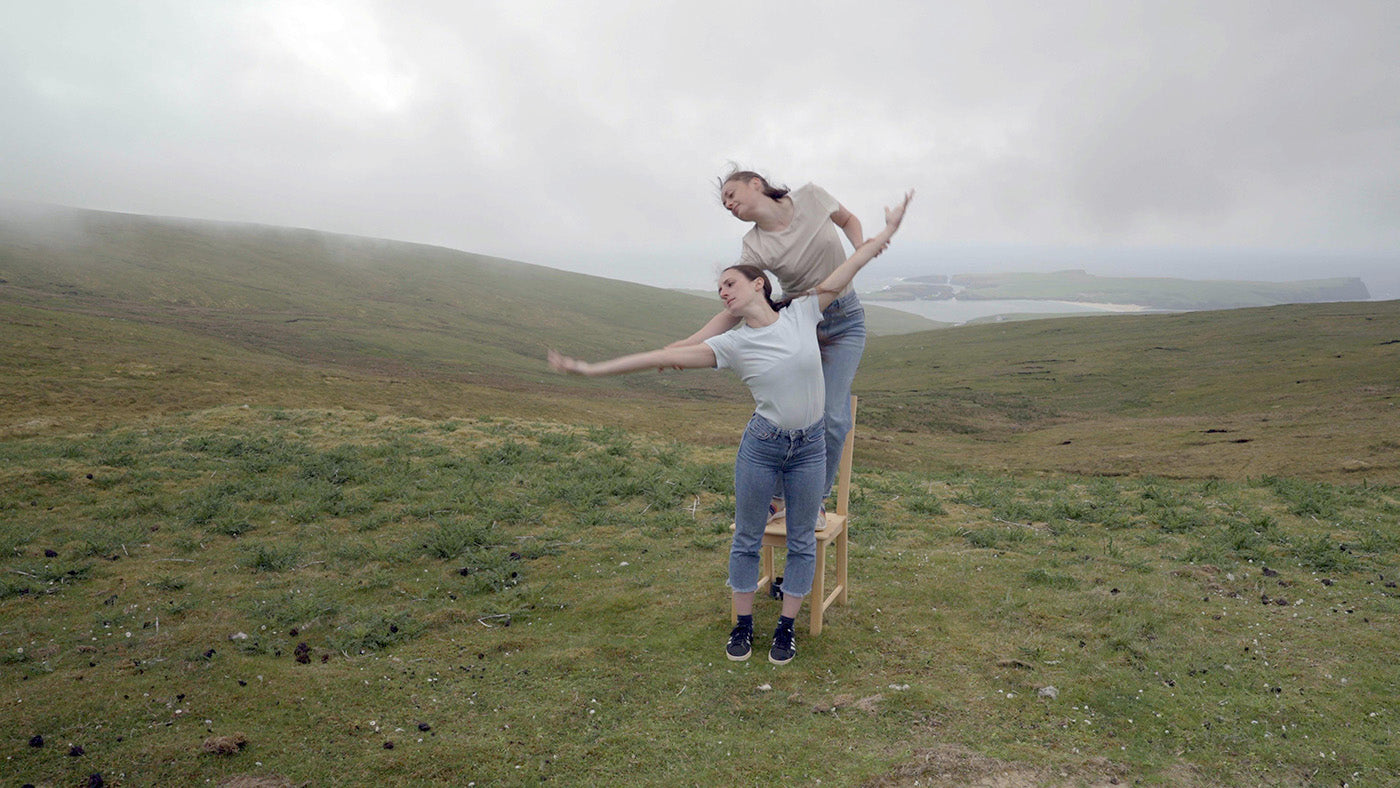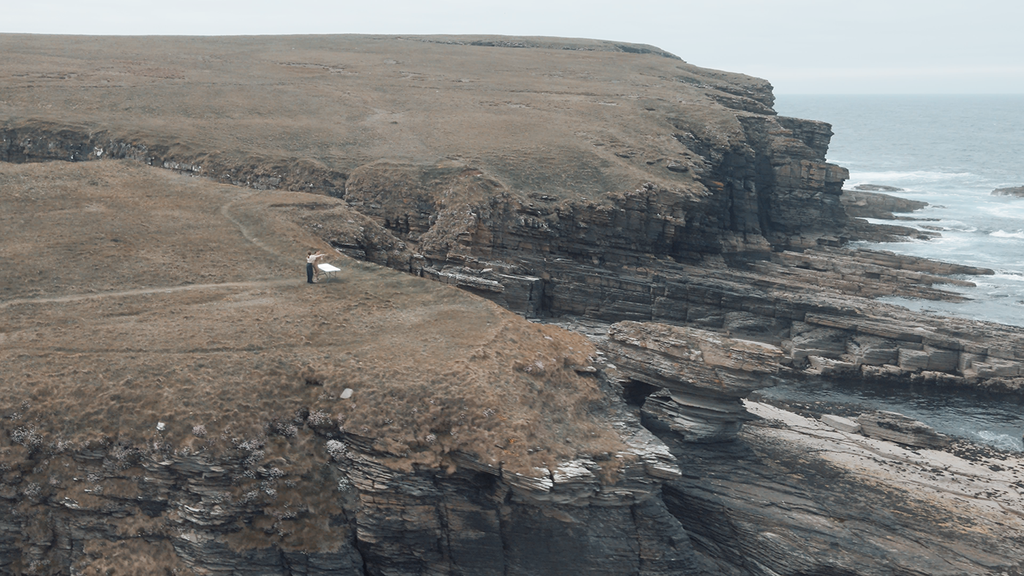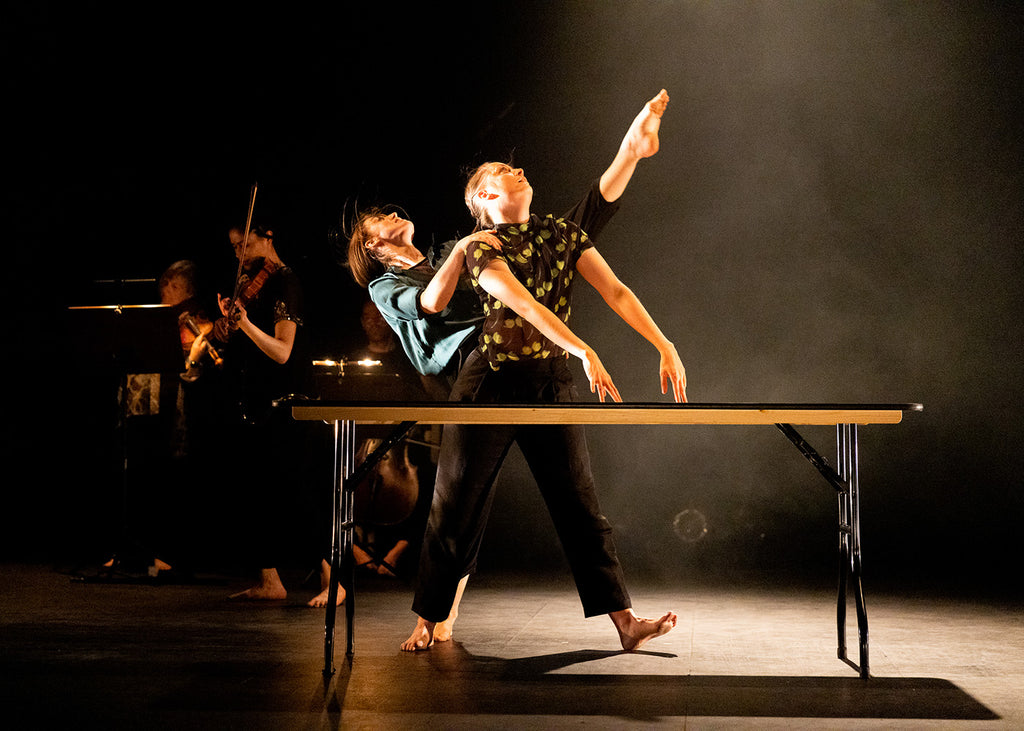So, how did these short pop-up “Sketches” transform into one single performance? The decision, Armstrong explains, was to make a “fourth movement.” She approached composer and turntablist Mariam Rezaei, who she had worked with in previous projects. Rezaei and Armstrong worked together to compose this interlinking fourth movement, continuing the thematic process of things breaking down and rebuilding. The resulting sound world is a mixture of strings and electronics, or, in Rezaei’s words, it “incorporates new coordinates on the turntablism continuum; no longer the chameleon, this new sound charges across the dance floor.” The different sections are at points complimentary, at other points juxtaposed: Armstrong nonetheless still feels a sense of euphoria in the new composition that speaks to the emotions she perceives in Bach.
The work has been touring throughout Scotland this summer: the ambition of working with a big cast and in such different venues has been embraced through what Armstrong describes as a “slow touring model.” Time is built in at each location to settle and adapt the piece to each specific venue. Their first show at Platform in Glasgow was in a traditionally raked theatre space, with the audience consequently viewing the piece from above. On the other hand, at the Beacon Arts Centre in Greenock, the audience were seated on stage with the performers and looking out at the auditorium, giving the audience a new perspective and an up-close insight into the intricacy of the work. The sonic experience of each space is also carefully curated to bring the audience close to the sonic textures. At Universal Hall in Findhorn, the musicians began the piece by moving through the crowd to arrive at their designated performance space: at this point in our chat, Armstrong flips her head round to suddenly look behind her, mimicking the audience’s enjoyable disorientation when hearing the first swells of music.









comments